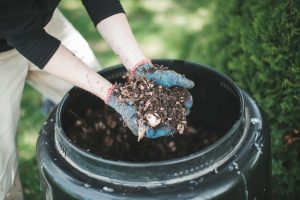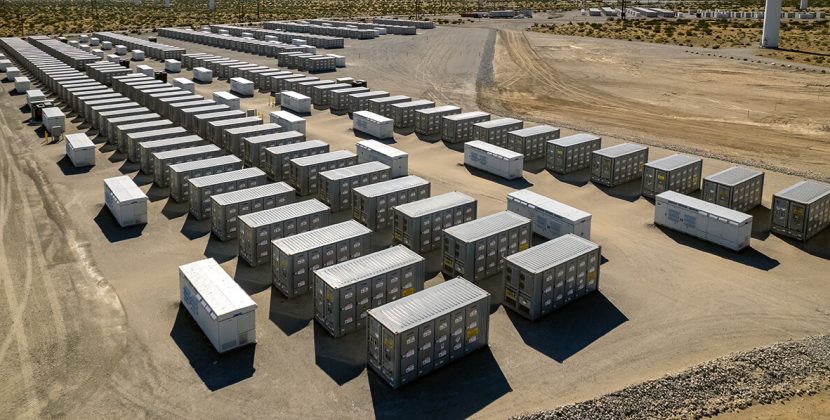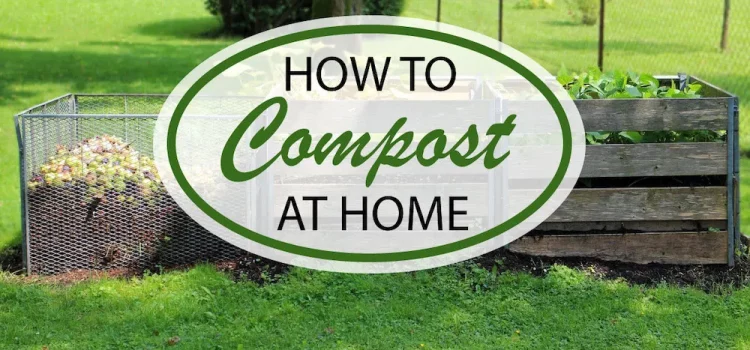
Introduction to Home Composting
Home composting is a sustainable way to reduce waste and create nutrient-rich soil for your garden. By following a few simple steps, you can set up an efficient composting system right in your backyard.

Selecting the Right Location
Choose a well-drained spot in your yard for your composting system. Ensure it’s easily accessible and receives a good balance of sunlight and shade.
Choosing the Composting Method
Decide between traditional composting (pile or bin) and vermicomposting (using worms). Consider your space, time commitment, and the types of materials you’ll be composting.
Gathering Composting Materials
Collect a mix of “green” (nitrogen-rich) and “brown” (carbon-rich) materials. Greens include kitchen scraps and grass clippings, while browns encompass leaves, straw, and paper.
Building Your Compost Pile or Bin
For a compost pile, alternate layers of green and brown materials. If using a bin, follow the manufacturer’s instructions. Turn the pile regularly to aerate it.
Maintaining Your Composting System
Monitor moisture levels to ensure your compost remains damp but not waterlogged. Turn the pile every few weeks to promote decomposition. Add materials in small pieces for faster breakdown.
Troubleshooting Common Issues
Combat odor by adjusting the green-to-brown ratio. Avoid pests by burying food scraps under a layer of browns. If the pile isn’t heating up, it might need more nitrogen-rich materials.
Utilizing Your Finished Compost
Once your compost turns dark, crumbly, and earthy-smelling, it’s ready to use. Mix it into your garden soil to enhance fertility, improve drainage, and promote plant growth.
Conclusion
Setting up a home composting system is a rewarding endeavor that contributes to a healthier environment and garden. With careful planning and consistent maintenance, you can turn kitchen and yard waste into nutrient-rich compost that benefits both your plants and the planet. Start your home composting journey today and make a positive impact on your surroundings.










